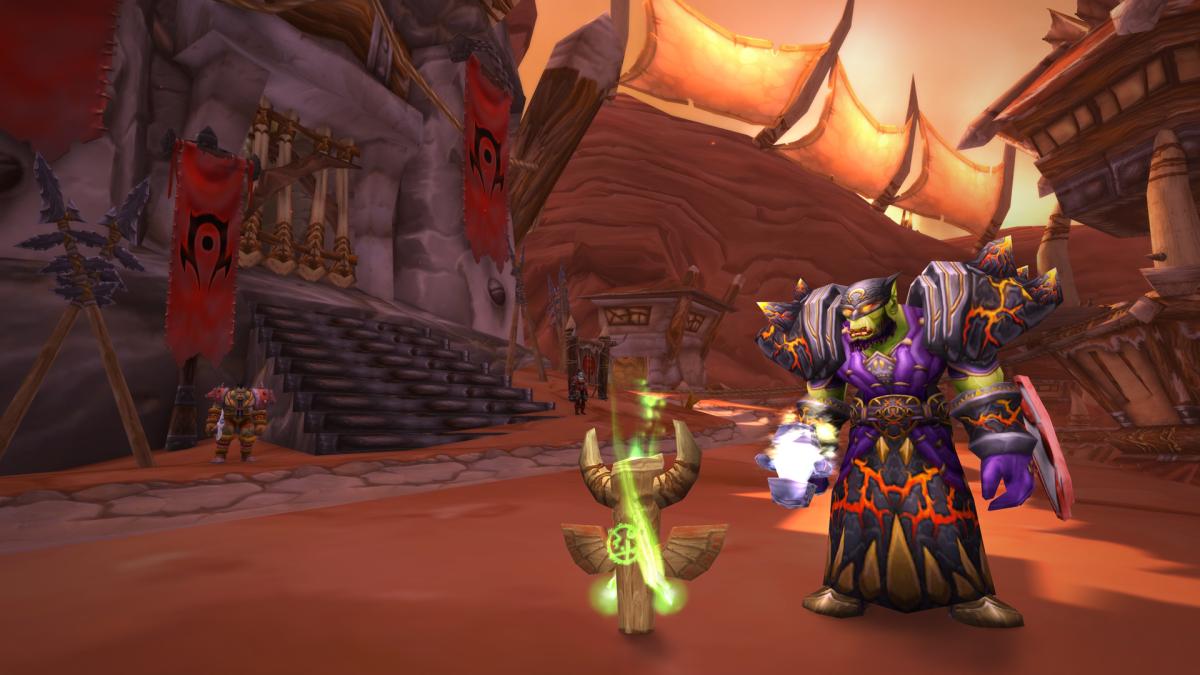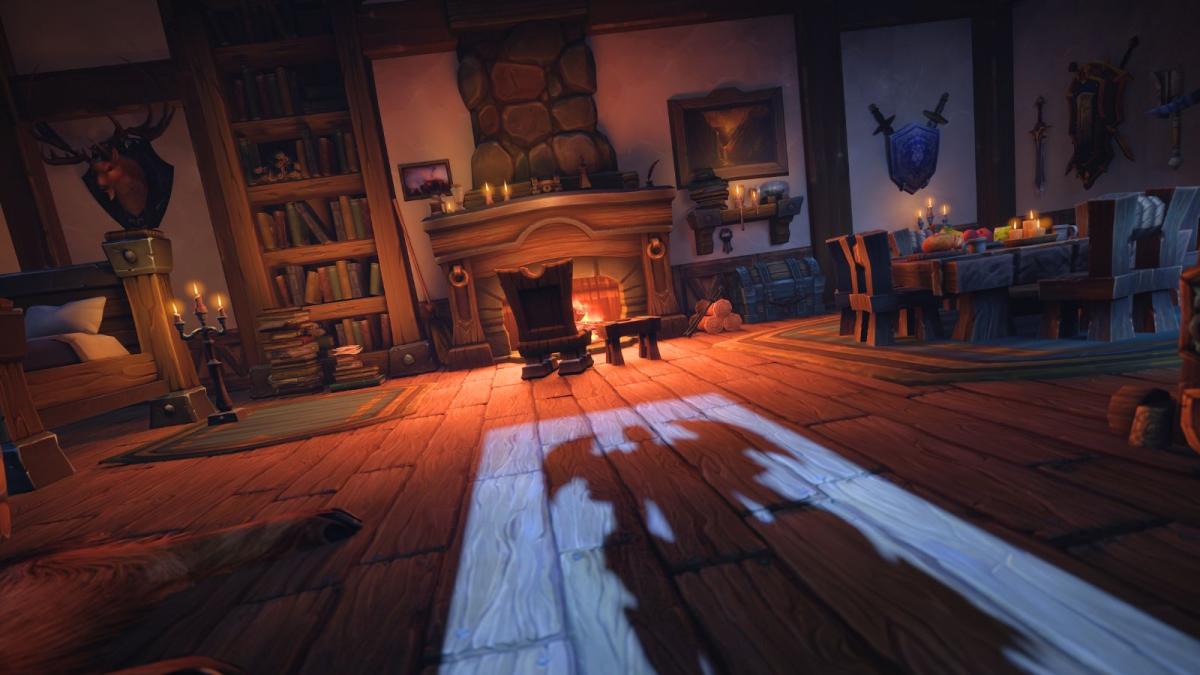Death is an absolutely normal part of life, but it isn’t in World of Warcraft Classic Hardcore where every mob could mean the end of your precious Azeroth adventures. On Aug. 26, Blizzard Entertainment recorded over 90,000 deaths, but what if I told you your deaths aren’t your or your cats’ fault?
When WoW Classic Hardcore released on Aug. 24, Blizzard enabled hyperspawn, at least in starting zones to ease the struggles during the first couple of levels. Hyperspawn here refers to how mobs rapidly spawn after either you or other players defeat them. But what the devs didn’t take into account is that this could be one of the biggest banes players encounter.
You see, when you enter a cave or you embark on a quest in a thicky-populated enemy area alone, the risk of you dying is far greater than it originally was during the fan-made iteration of Hardcore. Mobs rapidly respawn and you can’t really clear area to loot quest items in piece, but you’re always fighting for your life.
According to Blizzard stats, the deadliest mobs turned out to be Kobold Miner, Wendigo, and Murloc Streamrunner.
All of these mobs can be found in starting zones either in a cave or a densely-populated area, meaning the cause of many of these deaths could actually be Blizzard, and not you. Were it not for hyperspawn and if Blizzard notified players of this in patch notes, you could have been more careful and maybe you wouldn’t blindly charge in a pack of wendigos.
Related: Why I’m refusing to step foot into a WoW Hardcore dungeon
I found myself in a similar situation when I entered the Burning Blade cave in the northwest of Durotar, and I even had backup and potions. Luckily, I didn’t die, but I have already found myself in countless situations where I’m surrounded by mobs and I’m trying to fight my way to a questing area. The only advice I can share with you is to take it slow and clear all mobs in your sight. This will take you longer and mobs will respawn, but at least you won’t be running out of a cave in panic, trying to hold on for dear life.












Published: Aug 29, 2023 10:46 am